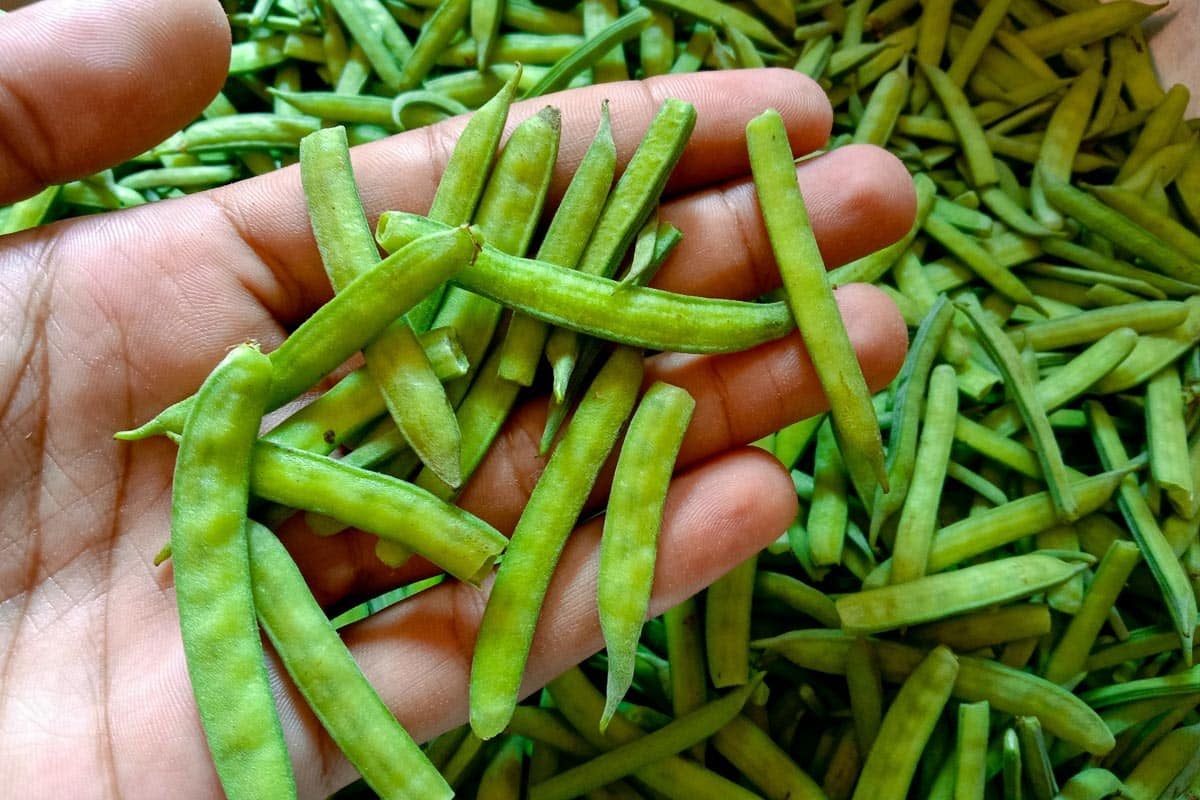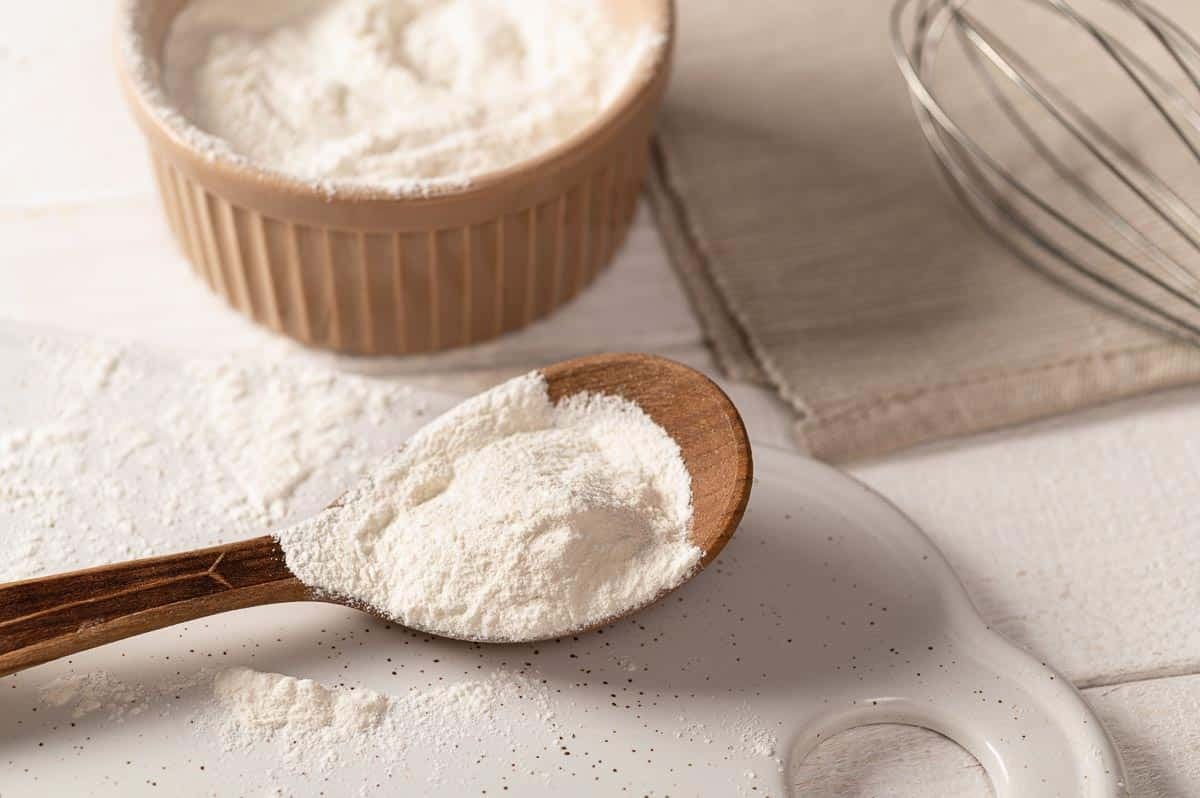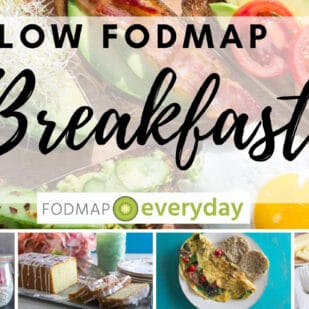The Answer: YES! Let’s just get that out of the way. Xanthan gum and guar gum are both low FODMAP. It is recommended that xanthan gum not be ingested in amounts greater than 5g, which is approximately 1 Australian tablespoon. It is suggested that guar gum be consumed in amounts equal to or less than 15 g.

In an effort to help you understand the ins and outs of the low FODMAP diet we will be presenting articles that focus on particular ingredients.
Sometimes we discuss items that are high in FODMAPs and at other times the focus will be on those that are low. And every now and then there are ingredients that are confusing – like gums, both xanthan gum and guar gum.
Note that recipes might call for an amount of either xanthan gum or guar gum, but when you consume the serving size of the recipe as suggested, you are consuming a fraction of the gums.
Gums & The Low FODMAP Diet: What You Need to Know
There are folks with IBS and other digestive issues who react negatively to gums. They can cause digestive distress in some people and in those cases they should be avoided, however, the issue in not FODMAPs.
What Are Xanthan Gum & Guar Gum?
First, let’s talk about what they are. Guar gum is a naturally derived substance hailing from a plant (Cyamopsis tetragonoloba), known as guar or cluster bean.

Xanthan gum is produced very differently. Xanthan gum is made from a bacterial fermentation process, which is perhaps why people assume it must be high FODMAP. That fermentation word! Xanthan gum derives its name from Xanthomonas campestris, which is combined with sugar to start a fermentation process.
The result is harvested and made into the powdered xanthan gum that we can buy as an additive. Interestingly, even though the sugar can be derived from corn, soy or wheat, no gluten is present even if it is derived from wheat, which is how the Bob’s Red Mill Xanthan Gum is made; we use this one in the Test Kitchen.
These gums are used in many commercially produced food products, ranging from ice cream and yogurt, to baked goods, salad dressings, sauces and beyond. They provide thickening and emulsifying properties and improve the texture in gluten-free baked goods, in particular.
We say “improve” meaning that they help gluten-free flours act more like traditional flours and the resulting baked goods end up being more similar to their gluten containing versions. Although this is not foolproof, you will see guar gum in many refrigerated and frozen products, whereas xanthan gum is more often found in baked goods.
Are Xanthan Gum & Guar Gum Safe?
The USDA allows both of these gums to be used in foods aimed at human consumption. That is their definition, and our definition, of “safe”.
That said if one or the other, or both, cause you digestive upset, don’t use them. This does not mean they are “unsafe”, but rather, that your digestion does not do well with them.
Please read our article, FODMAPs are not “Unsafe”.
I like the results that I get in my gluten-free baked goods when I use flour blends that include xanthan gum and the recipes in our Test Kitchen use Bob’s Red Mill 1 to 1 Baking Flour, which contains it.

Can I Make FODMAP Everyday® Recipes without Gums?
Baking recipes are particular. Think about it. If you make your Grandma’s meatloaf and you want to add some extra thyme, the recipe will still work. With baking, the recipe developer has taken very specific ratios into account. You can’t just add more or less sugar or more or less baking powder without a fairly drastic change.
And by drastic change we mean you risk the recipe not working at all. That said, some recipes have more “tolerance” than others. This means they can be tinkered with and still survive. An example would be making chocolate chip cookies and deciding to add a little more or a little less of the chocolate chips.
The recipe will work. It just won’t be the same. The yield will be thrown off, the baking time might be skewed, their look and texture would vary – but they’d still probably be edible.
You can try making our recipes with whatever low FODMAP flour you like, just know that we cannot vouch for the results, as you will be changing the ratios and therefore the recipe.
You might want to read our article about how to choose low FODMAP flours.







